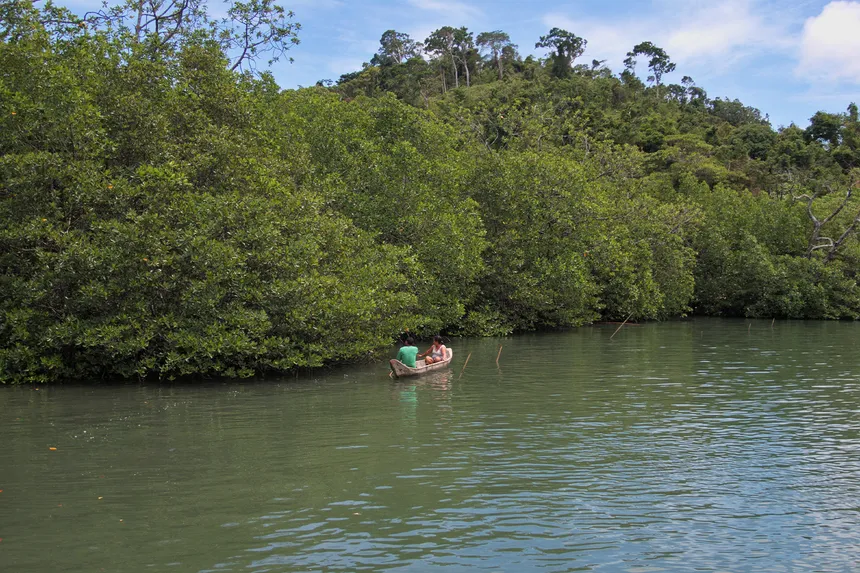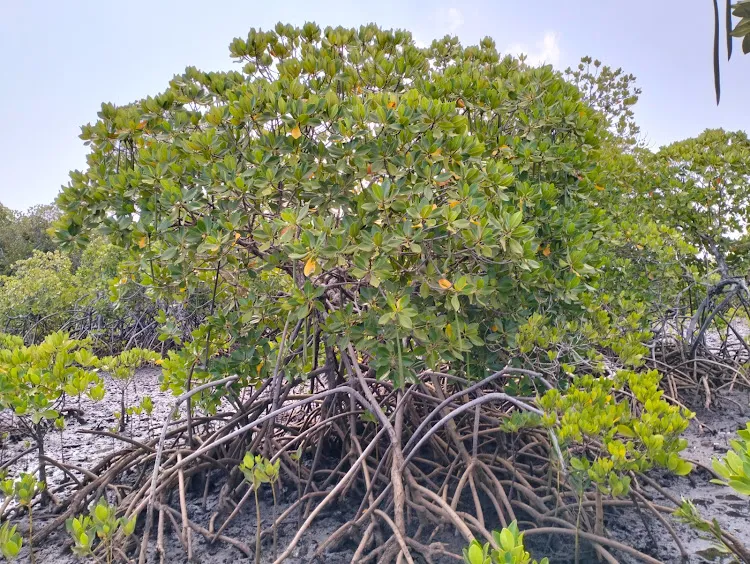The world’s mangrove forests are facing an unprecedented crisis, with half of all mangrove ecosystems at risk of collapse, according to the first-ever expert assessment of these critical ecosystems. The primary cause of this decline is human behavior, which is threatening the very existence of these vital ecosystems. Mangroves in southern India, Sri Lanka, and the Maldives are particularly vulnerable, alongside systems in the South China Sea, central Pacific, and the eastern Coral Triangle.
Mangrove ecosystems are renowned for their exceptional ability to provide essential services to people, including coastal disaster-risk reduction, carbon storage and sequestration, and support for fisheries. Their loss would be disastrous not only for nature but also for people across the globe. Despite covering only about 15% of the world’s coastlines, mangroves store a disproportionate amount of carbon for their size, making them a crucial component in the fight against climate change.
The assessment by the International Union for Conservation of Nature (IUCN) found that mangroves are being threatened by a range of human activities, including rising sea levels, agriculture, coastal development, pollution, and the consequences of dam construction. Prawn farms, coastal development, and dams on rivers, which alter the flow of sediment, have all been established as previous causes of loss. However, the growing threat from rising sea levels and the climate crisis poses an even greater challenge to their survival, as intense storms become more frequent and severe.

The IUCN’s tools for assessing ecosystem risk were used to conduct the research, which involved over 250 experts from around the world. According to Angela Andrade, chair of the IUCN commission on ecosystem management, “The red list of ecosystems provides clear pathways on how we can reverse mangroves loss and protect these delicate ecosystems for the future, helping in turn to safeguard biodiversity, tackle the effects of climate change, and support the realisation of the Global Biodiversity Framework.”
Mangroves have long been recognized as vital ecosystems, providing shelter and nurseries for a vast array of biodiversity, including fish, mammals such as tigers, African wild dogs, and sloths. Despite their importance, these ecosystems are in dire need of conservation. The study highlights the urgent need to protect and restore mangroves, not only for their ecological benefits but also for their role in supporting human livelihoods and mitigating the impacts of climate change.
As the world grapples with the consequences of biodiversity loss, it is clear that the fate of these critical ecosystems hangs in the balance. The loss of mangroves would have far-reaching and devastating consequences for both nature and people. Therefore, it is imperative that urgent action is taken to protect and restore these vital ecosystems, ensuring their continued existence for generations to come.

